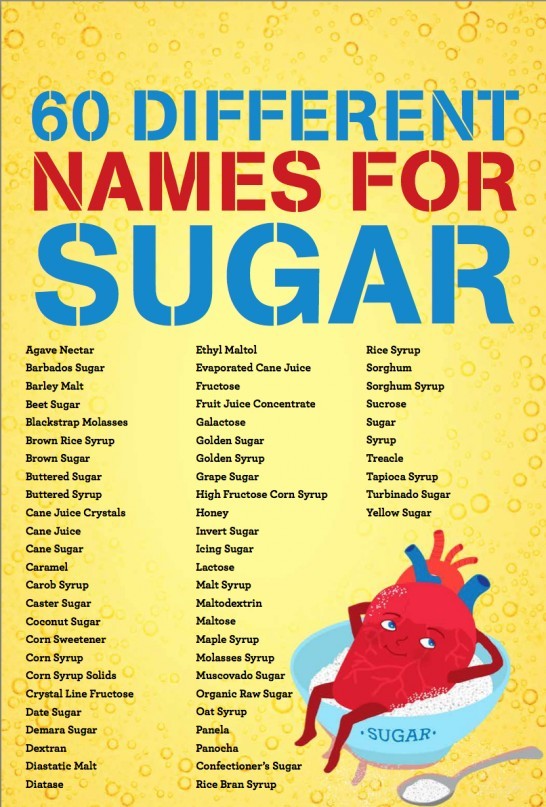I am allergic to fructose, fructans and the sugar alcohols ie gum etc. I have to scan the labels of EVERY product i buy. For me it will cause long term health issues not to mention can be potentially fatal. It puts me into hypoglycemia and i lose consciousness and convulse.
A couple of handy links for people…
60 different names for sugar in processed goods:
Food additive codes (i have to avoid the 400s and 900s)
Australian food standards site
http://www.foodstandards.gov.au/code/applications/Pages/default.aspx
One quick tip re identifying sugars in labels that dont identify amounts … is that the closer the ‘sugar’ listing is to the beginning of the label list the more it makes up the product. So if its the first two or three ingredients listed… avoid !
All these hidden sugars added to a less active lifestyle re work and computers, are playing havoc with diabetes and obesity.
Btw… coke zero and diet coke advertise no sugar… u will note below both list caramel on their ingredient list lol !
Diet Coke
Motto: Always Great Taste
Nutritional Information: Many say that a can of Diet Coke actually contains somewhere between 1-4 calories, but if a serving size contains fewer than 5 calories a company is not obligated to note it in its nutritional information. Diet Coke’s nutritional information reads 0 Calories, 0g Fat, 40mg Sodium, 0g Total Carbs, 0g Protein.
Ingredients: Carbonated water, caramel color, aspartame, phosphoric acid, potassium benzonate, natural flavors, citric acid, caffeine.
Artificial sweetener: Aspartame
Coca-Cola Zero
Motto: Real Coca-Cola Taste AND Zero Calories
Nutritional Information: While the label clearly advertises this beverage as a zero calorie cola, we are not entirely certain that its minimal calorie content is simply not required to be noted in the nutritional information. Coca-Cola Zero’s nutritional information reads 0 Calories, 0g Fat, 40mg Sodium, 0g Total Carbs, 0g Protein.
Artificial sweetener: Aspartame and acesulfame potassium
Ingredients: Carbonated water, caramel color, phosphoric acid, aspartame, potassium benzonate, natural flavors, potassium citrate, acesulfame potassium, caffeine.

